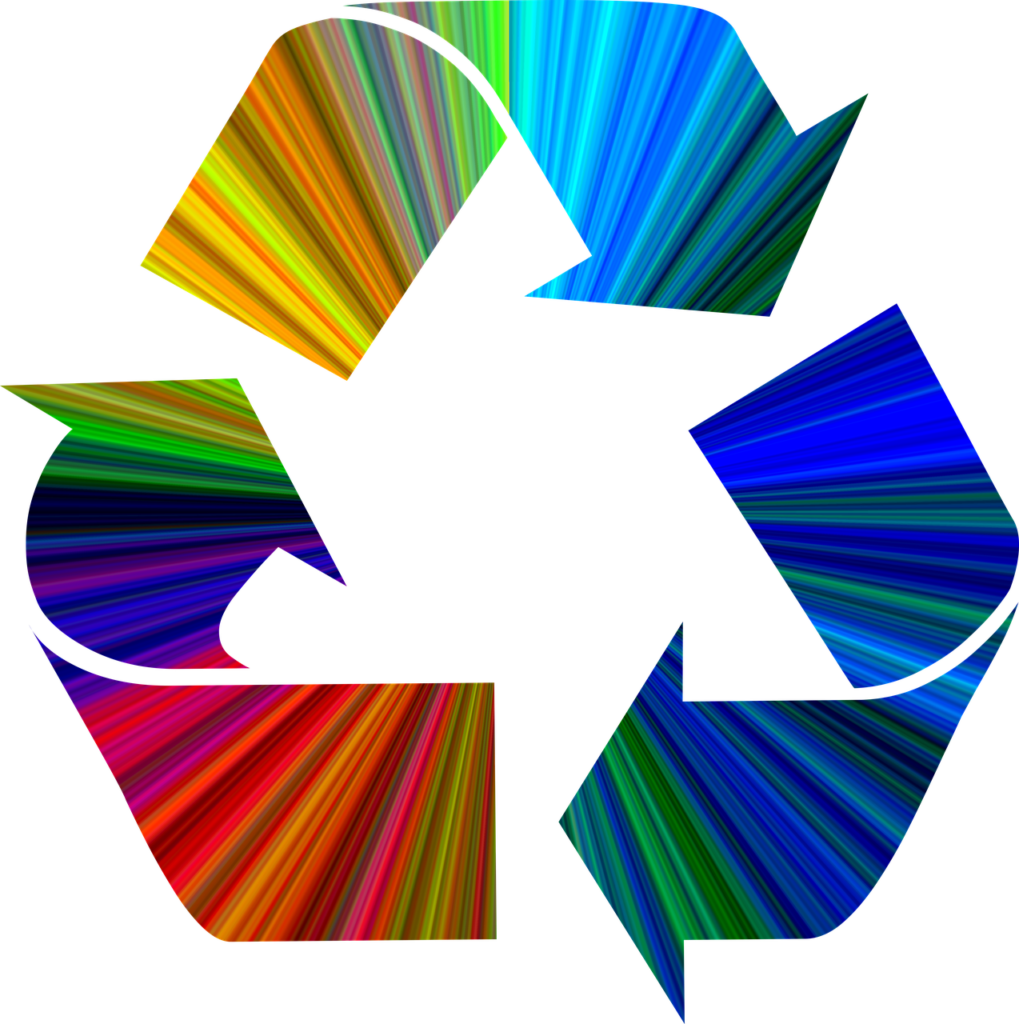What is the circular economy?
The circular economy is an economic model which aims to provide a regenerative system which benefits society, business and the environment by optimising the use of resources. This model aims to move away from the current linear approach where resources are made into products, used and then disposed to a circular approach where resources including materials, energy and water are used and reused for as long as possible.
This doesn’t just involve recycling; the circular economy attempts to preserve the value of resources. Recycling deals with materials once they have already been labelled as waste and can often downcycle materials, it is considered one of the outer loops of the circular economy. Instead, the circular economy aspires to design waste and pollution out of the economy instead placing emphasis on sharing, maintaining, reusing and repurposing products and materials to optimise resource yields. The circular economy also uses bio waste effectively, encouraging the regeneration of natural systems.
Why is it important?
It is becoming increasingly important for our economy to become more sustainable, to reduce our emissions and cope with the pressure on resources from the growing global population. To meet our future needs our society needs to become more resource resilient and innovative, a circular economy is one way to achieve this. It is thought that just 8.65% if 100 billion tonnes of raw material which entered the economy in 2019 were reused. By adapting our economy to reuse and repurpose materials and waste in order to preserve finite materials and resources.
What are the benefits of adopting the circular economy?
There are a host of benefits to transitioning to a more circular society, not only for the environment but also for the economy and society generally. There is significant scope for material cost savings with more efficient management of resources. This will require a more innovative economy which can provide more job and profit opportunities. It is difficult to determine the exact economic impact a circular economy but recent Business in the Community (BITC) report published in 2018 found that adopting a more ‘circular’ economy could increase resource productivity in the UK by 3% annually and generate £10bn GVA and 200,000 jobs by 2030.
The circular economy can reduce the amount of waste and pollution produced and protect finite resources through reducing primary material consumption by expanding the value of the resources and materials already in use. This will help to restore natural systems rather than degrade them, regenerating soil health and productivity. The Ellen MacArthur Foundation estimates that a circular economy could halve carbon dioxide emissions by 2030, helping to mitigate against climate change. It also predicted that a global circular food economy could save 290,000 which would be lost due to air pollution per year, by 2050.
How can it be incorporated into your business?
WRM Sustainability can help you identify the opportunities for circular changes within your organisation.
